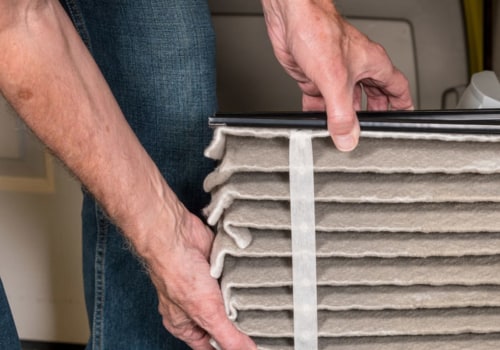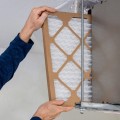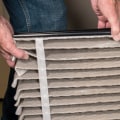MERV 13 is the highest MERV safe value for residential furnaces, and is recommended by ASHRAE and the U. S. Department of Energy. The short answer is yes, you can use a MERV 13 filter in your furnace, but there are some considerations to keep in mind.
Most modern HVAC systems have no problem working with higher MERV filters, but they should be changed regularly to avoid clogging and reduce the risk of equipment damage. Low-efficiency filters are generally within MERV 1-4 and high-efficiency filters are MERV 13 and later. When shopping for a filter, visit a large store and head to the oven filter aisle - there are dozens, sometimes a hundred or more options in front of you. It's important to remember that it takes time for the filter to charge sufficiently to have a beneficial effect, so that everything that passes through the filter ends up in your system or in your home.
A residential system will not accept filters with MERV ratings greater than 12, unless it has been previously upgraded to obtain a higher efficiency filter. High-efficiency air filters capture higher percentages of particles, as well as smaller particles. A Merv 16 filter would be the best option as it will leak 95%. It's also important to replace the filter every month, three months, six months, or a year, depending on the filter.
When using masks with filters, it's important to change them frequently and wash them with alcohol before soaking the filter in alcohol and then placing it on a clean surface to dry. Clogged air filters allow dust to accumulate inside the system, allowing more pollutants to enter your home's air and restricts airflow to the boiler or air conditioner, causing equipment to overheat and fail.










